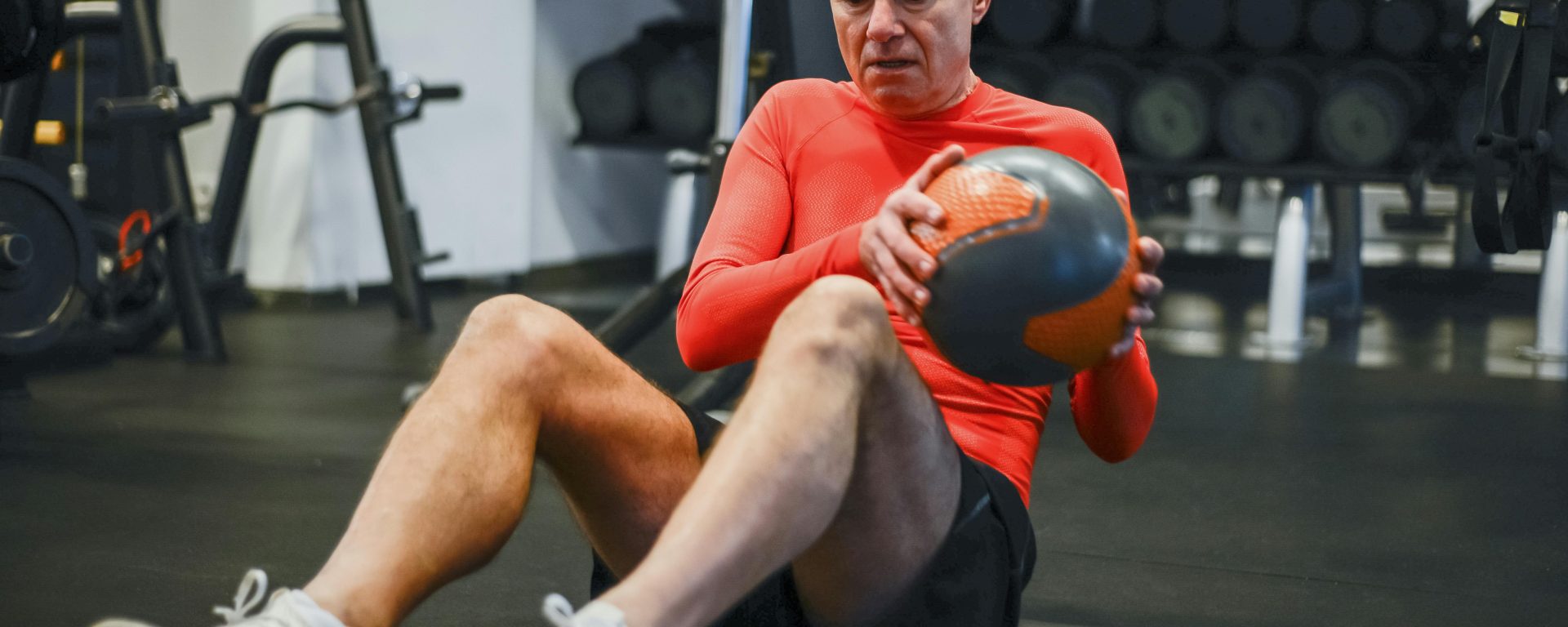In 2004, a study led by Füsun Toraman and Gülşah Sahin, the effects of a 9-week multicomponent training program on the functional fitness of healthy older adults were examined across different age groups.
Forty-two participants were randomly assigned to either a Training or Control group, stratified by age: Training and Control Young Old Groups (TYOG, CYOG) aged between 60-73 years, and Training and Control Old Groups (TOG, COG) aged between 74-86 years. The training regimen consisted of three weekly sessions incorporating walking, strengthening, and flexibility exercises.
To assess the impact of the training, participants underwent a Functional Fitness Test battery before and after the 9-week program. This battery evaluated various physical parameters associated with independent functioning in older adults.
Results revealed significant improvements across all functional fitness tests in both TYOG and TOG following the training intervention. Importantly, there was no discernible difference in the magnitude of improvement between the two age groups (TYOG and TOG), indicating that the benefits of the training were consistent across the spectrum of older adults.
Specifically, the multicomponent training led to notable enhancements in chair sit and reach, arm curl, chair stand, and 6-minute walk test scores in both TYOG and TOG compared to their respective control groups.
The findings suggest that multicomponent training programs hold promise for enhancing functional fitness in older adults, regardless of age group. Furthermore, the rate of functional improvement appears to be similar between younger old and older old individuals.
This study underscores the importance of tailored exercise interventions in promoting independent living and overall well-being among older adults. Future research may delve deeper into optimizing training protocols to further enhance functional outcomes in this population.
Reference: Toraman, F., & Şahin, G. (2004). Age responses to multicomponent training programme in older adults. Disability and rehabilitation, 26(8), 448-454.
